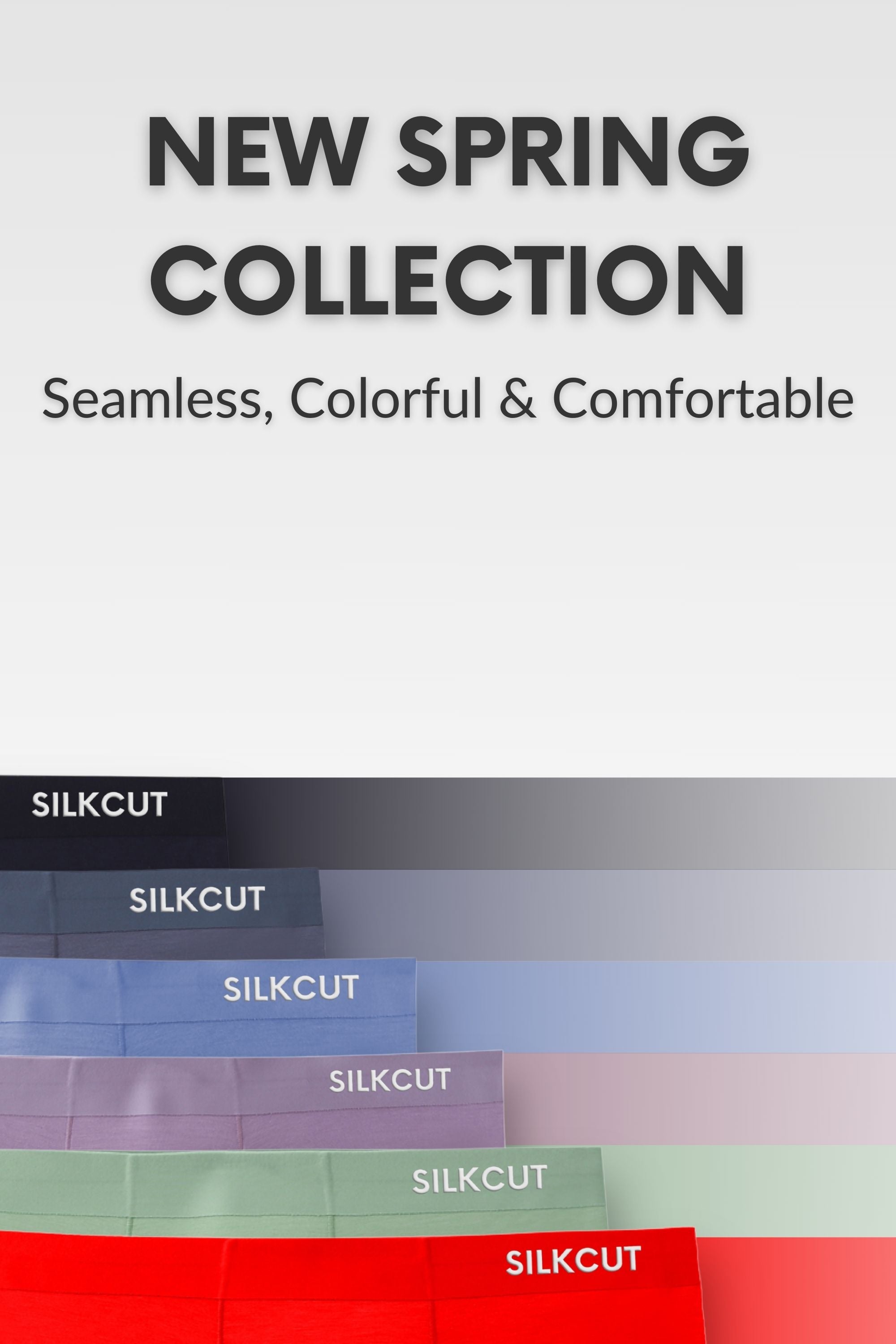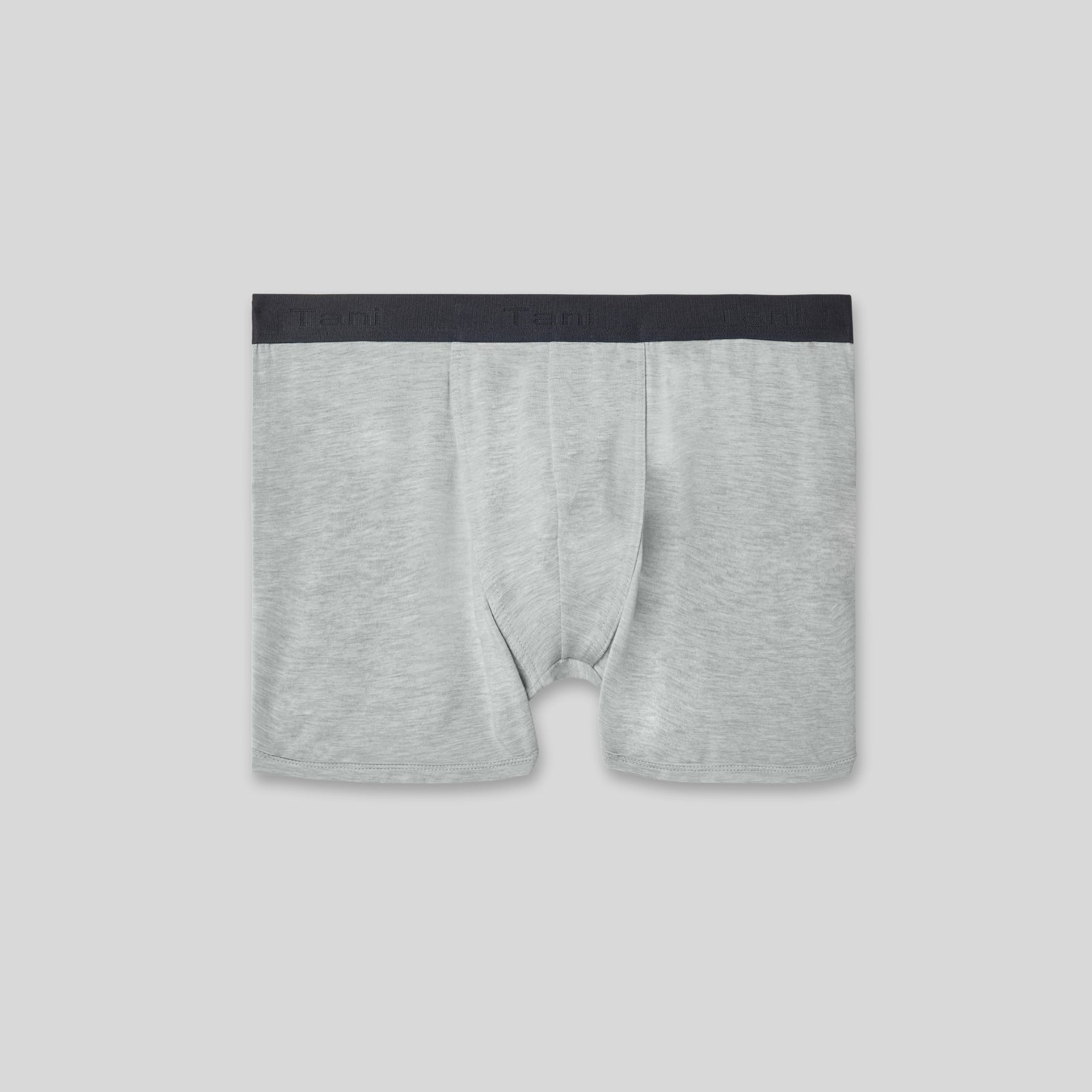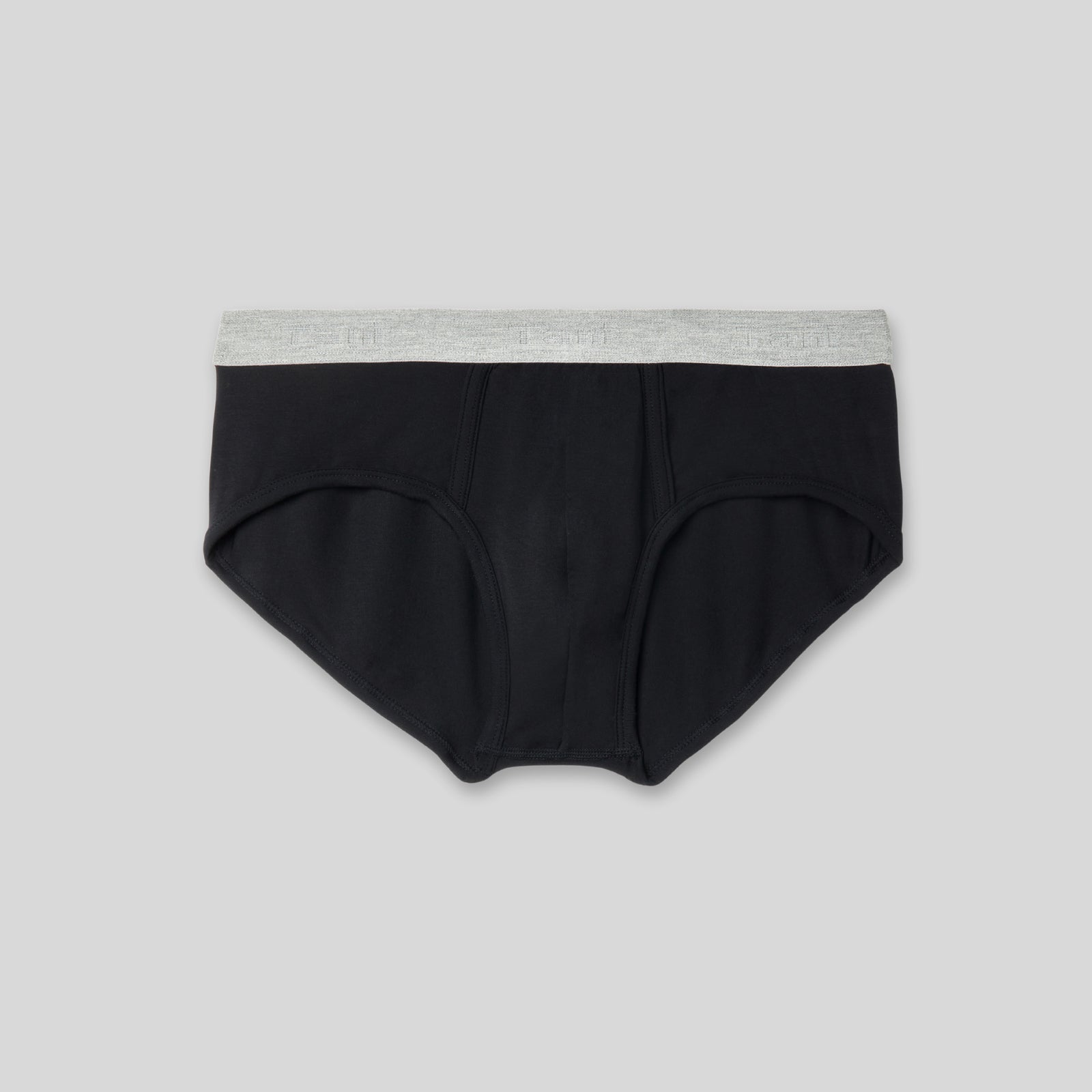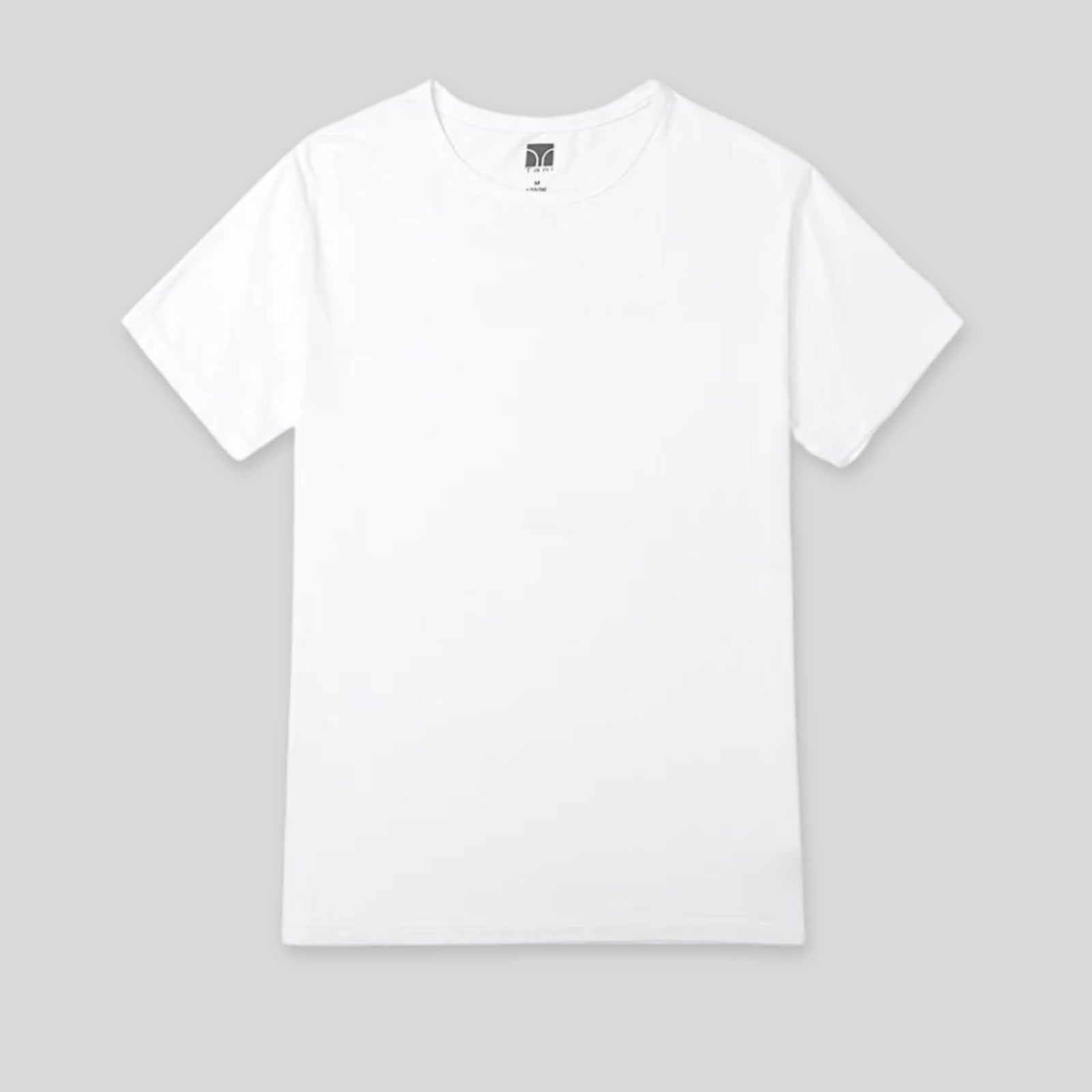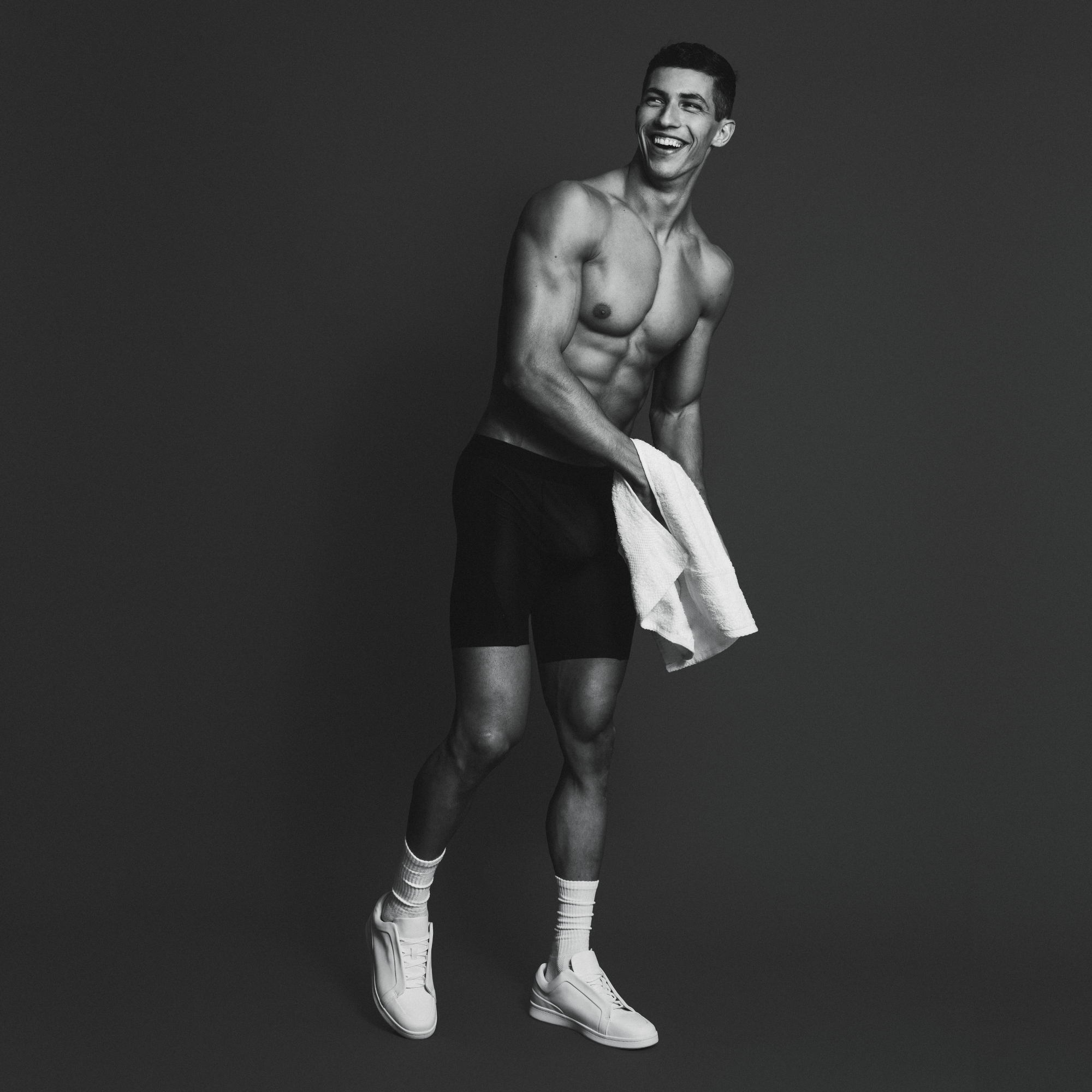Explore Our Collections
FREE
SHIPPING
Don't worry about extra fees. We cover the cost of US shipping.
ECO FRIENDLY PRACTICES
Biodegradable products and packaging ensuring minimal footprint.
YOU'LL LOVE IT. GUARANTEE
You will love the comfort from the first time you wear our undies!
SECURE
PAYMENTS
We ensure secure payment and protect your privacy.

